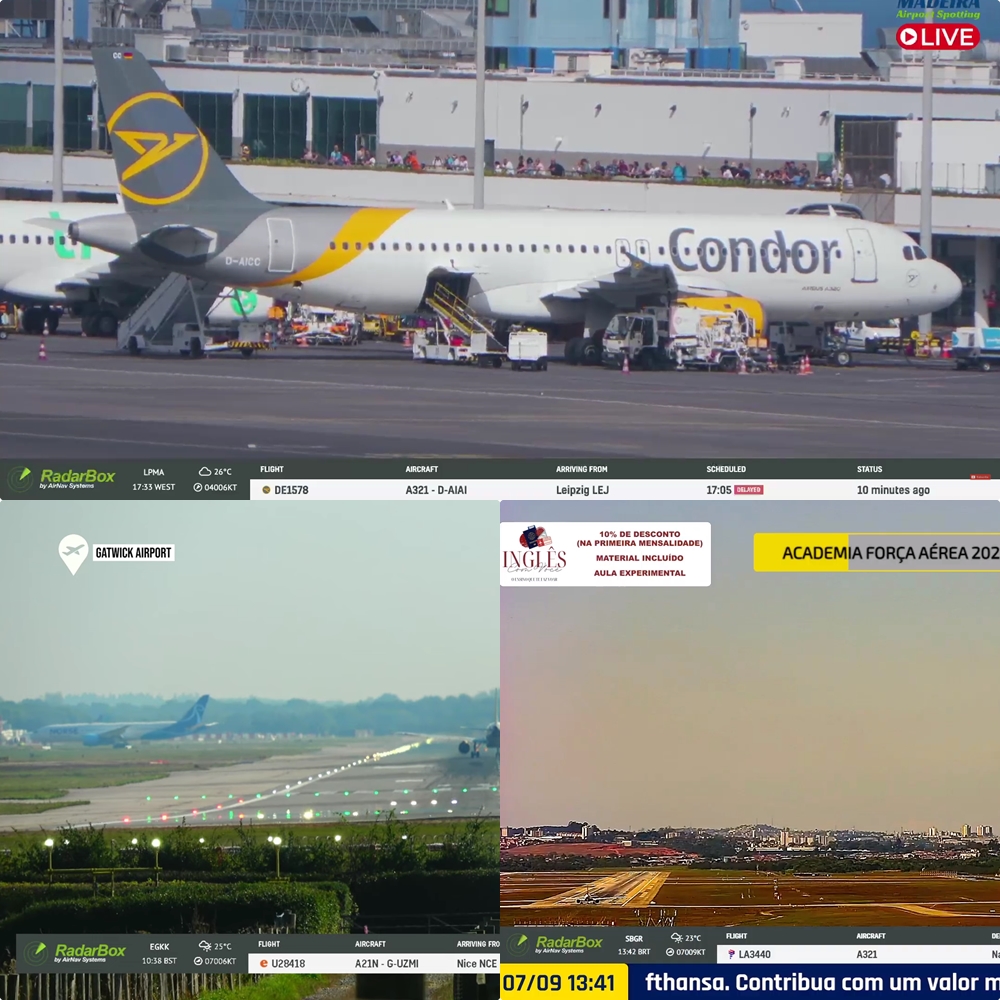EU-China Agreement will Change Aviation in the Two Regions
A new regulatory agreement between the EU and China is likely to have a significant impact on the aviation market in both regions. Under the terms of the agreement, both European and Chinese aviation manufacturers will be able to more readily gain product approval for aircraft and component sales.
The Bilateral Aviation Safety Agreement (BASA) was agreed initially back in May 2019, after several years of negotiation between the European Union Aviation Safety Agency (EASA) and the Civil Aviation Administration of China (CAAC). But it only came into force on September 1 this year.
Reciprocal acceptance
Intended to smooth the path to “reciprocal acceptance”, the regulatory agreement enables the certification of components, aircraft engines, propellers, appliances and parts for airworthiness and environmental standards. It is hoped that as a result of BASA that aircraft products and services will be more readily circulating between the European Union and China. Cooperation on safety and environmental compatibility is also mooted.
The agreement comes at a time when China is rapidly recovering from the Covid-19 pandemic. Of all major aviation markets, the world's most populous nation has been shown to make the most rapid recovery. Of course, with the virus having emanated in that part of the world, the Chinese authorities have had longer to deal with the fallout.
Nonetheless, the fact that our data demonstrates that China has virtually returned to full aviation capacity must be hugely encouraging for the country.
(Above: Chinese aviation traffic has nearly recovered to pre-Covid levels)
It is the cooperative aspect of the new agreement, though, that must be of the greatest significance. EASA and the CAAC will share information on standardisation and quality management as part of BASA, while information gleaned from validation exercises such as the certification of new letter will also be made available.
Commenting on the issue, EASA Executive Director Patrick Ky suggested that the new agreement will be important for both regions. “I am confident that thanks to this agreement the relations between Europe and China in aviation will be taken to the next level. This further strengthens EASA’s commitment to work closely with international partners on building a safe and environmentally sustainable industry.”
It is also notable that some previous arrangements have been superseded by this new regulatory framework. The authorities in both the EU and China have committed to making the transition to the new legislation as smooth as possible.
Tough year
European aviation has been massively affected by what has been the toughest year in generations for the airline industry. To this day, the level of aviation traffic emanating from Europe is massively diminished from what would usually be expected.

(Above: European flight data within the EU for 2020)

(Above: European flight data internationally for 2020)
It is therefore hoped that the BASA agreement will play a role in opening up the massive Chinese aviation and travel market for companies, airlines, and airports in Europe. Indeed, one of the stated aims of the agreement is to “facilitate the multinational dimension of the civil aviation industry”.
There is no doubt that BASA will also have an impact on the aircraft of market within Europe. As a result of the agreement, it is more likely that Chinese manufactured aircraft will appear within European Union countries, although the reverse is also true as well.
Rapid development
As has been reported recently, the aviation manufacturing capabilities of China have accelerated in a very short period of time, and for the first time its native aircraft are muscling in on the dominance of Boeing and Airbus. With this in mind, we may see European airlines placing some orders for ARJ21s and C919s in the near future, and Ryanair has already signed a Memorandum of Understanding pertaining to one batch of C919 aircraft.
It will be interesting to see how this story develops, and whether there is any American response. With the only major US manufacturer of aircraft, Boeing, currently suffering from challenging market conditions, it will be intriguing to see what the authorities in the United States do in order to shore up its market share. Particularly as the rhetoric from the US administration has been somewhat confrontational when it comes to China.
Meanwhile, the agreement between the European Union and in China suggests that there could be a growing worldwide aviation market, once the coronavirus pandemic has cooled down.
READ NEXT...
 8430
8430Elevate Your Livestreams with AirNav RadarBox Webcam Program!
In recent years, live streaming has undergone a significant transformation, witnessing YouTubers and aviation enthusiasts pioneering creative methods to captivate their viewers. One up-and-coming innovation gaining widespread popularity is the AirNav RadarBox Webcam Program. This dynamic tool empowers content creators to provide live, up-to-the-minute airport perspectives, transforming their channels into vibrant aviation hubs. Want to know how to become a part of this program? Read on to discover how to apply! 7088
7088AirNav RadarBox Highlights Impressive Global ADS-B Coverage
Over the last few months, the team at AirNav RadarBox has been working incredibly hard to provide as much ADS-B coverage worldwide to make the tracking experience as smooth and as accurate as possible. 7058
7058AirNav RadarBox Feature of the Week: Data Sources
This week's focus is on RadarBox.com's data sources. AirNav RadarBox data sources include ADS-B ground-based and ADS-B satellite-based data, ADS-C, MLAT, FLARM, along a dozen other data sources. Read this week's blog to learn about all the data sources available on AirNav RadarBox.
